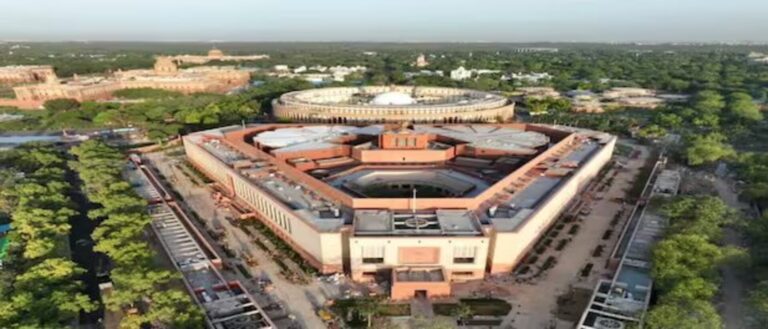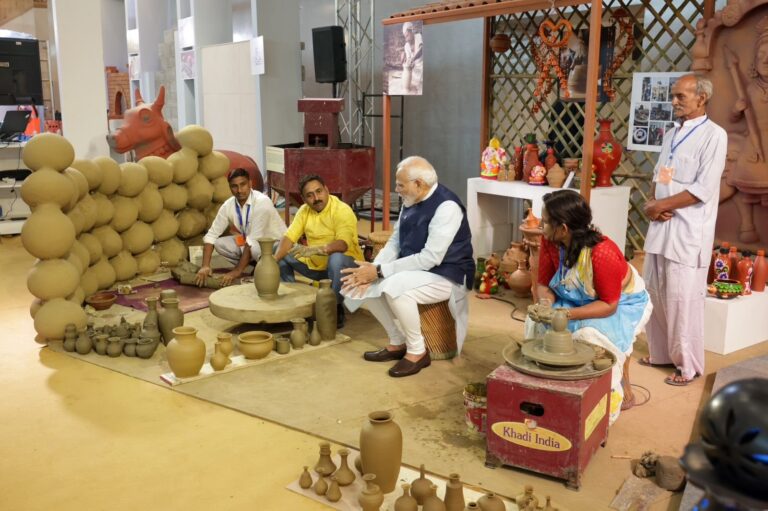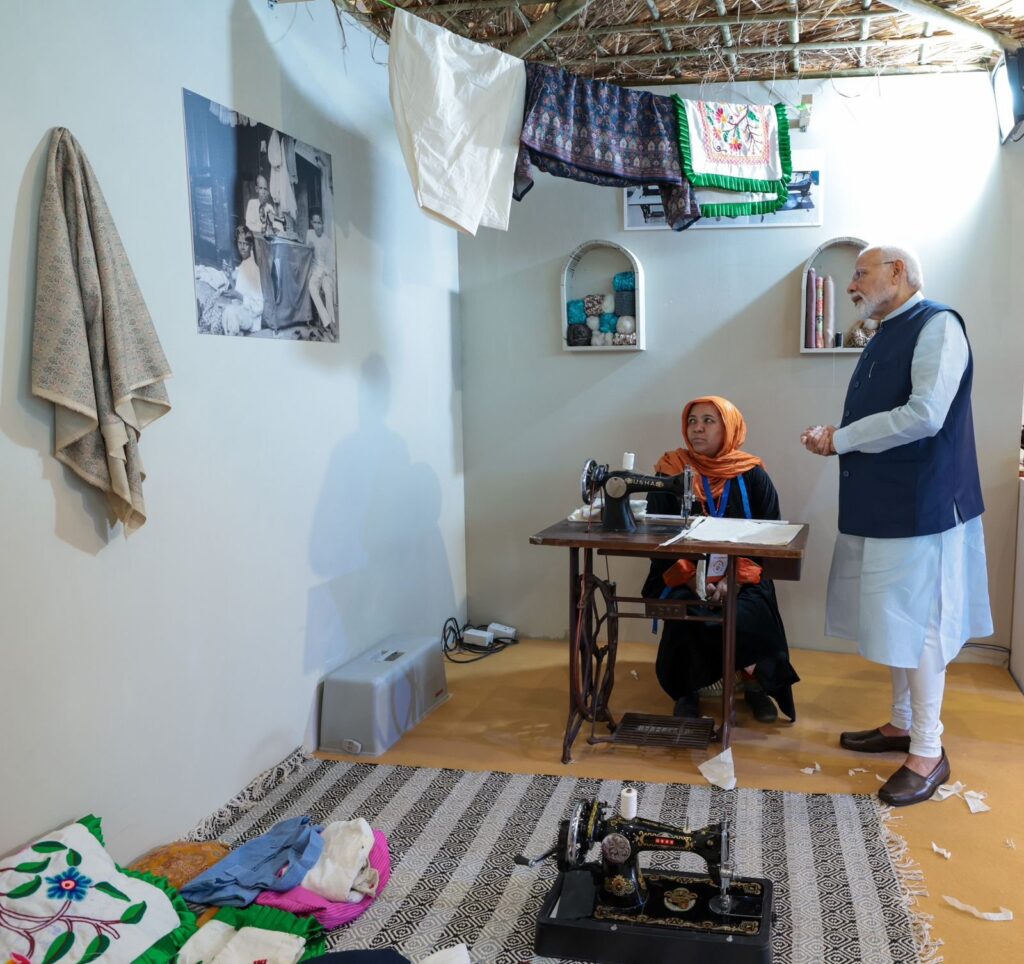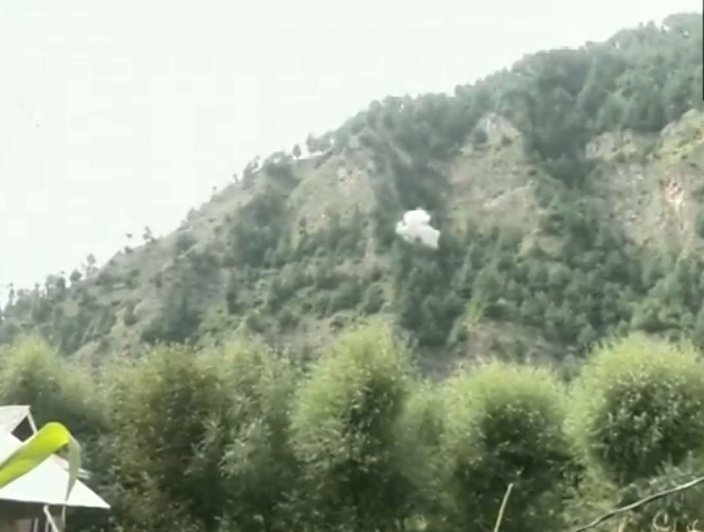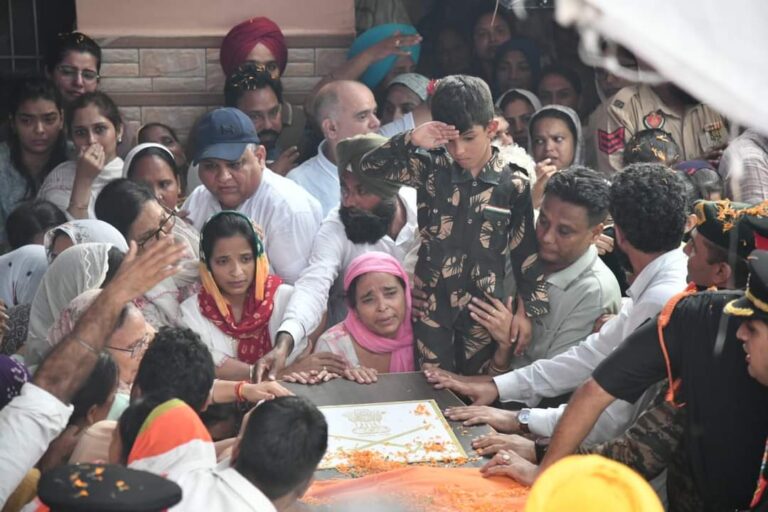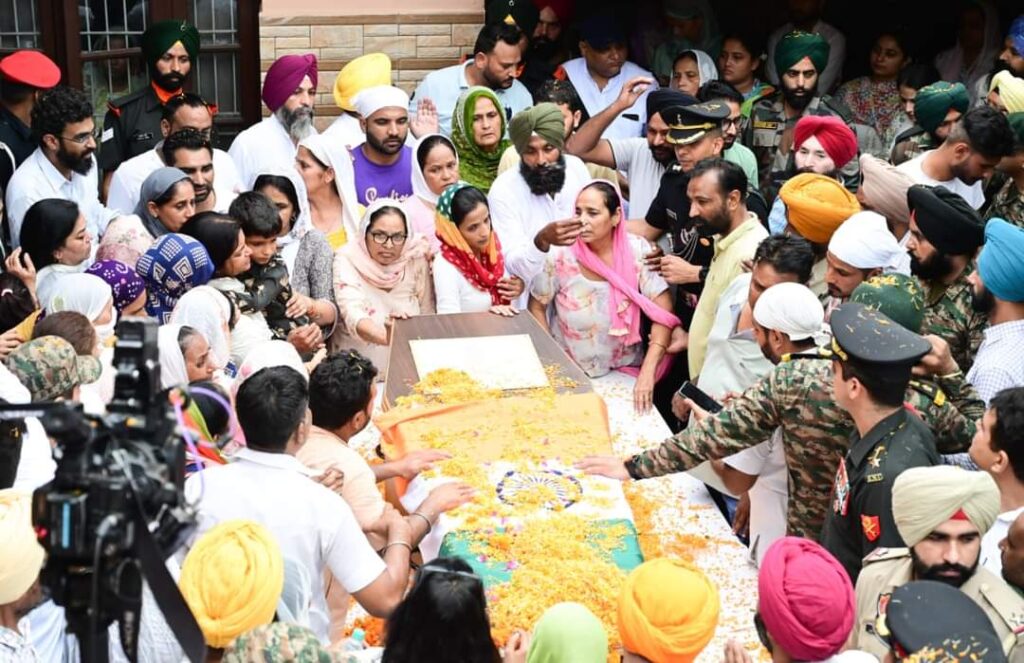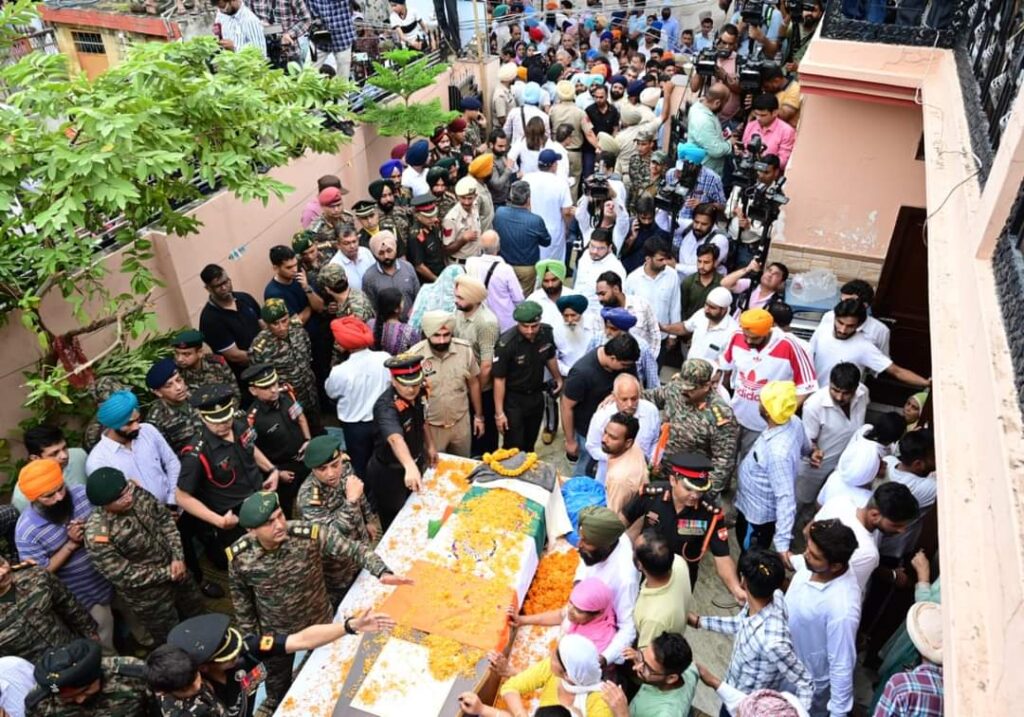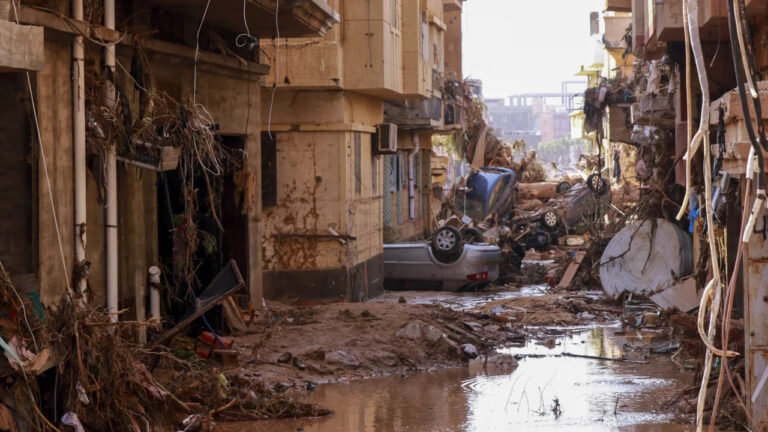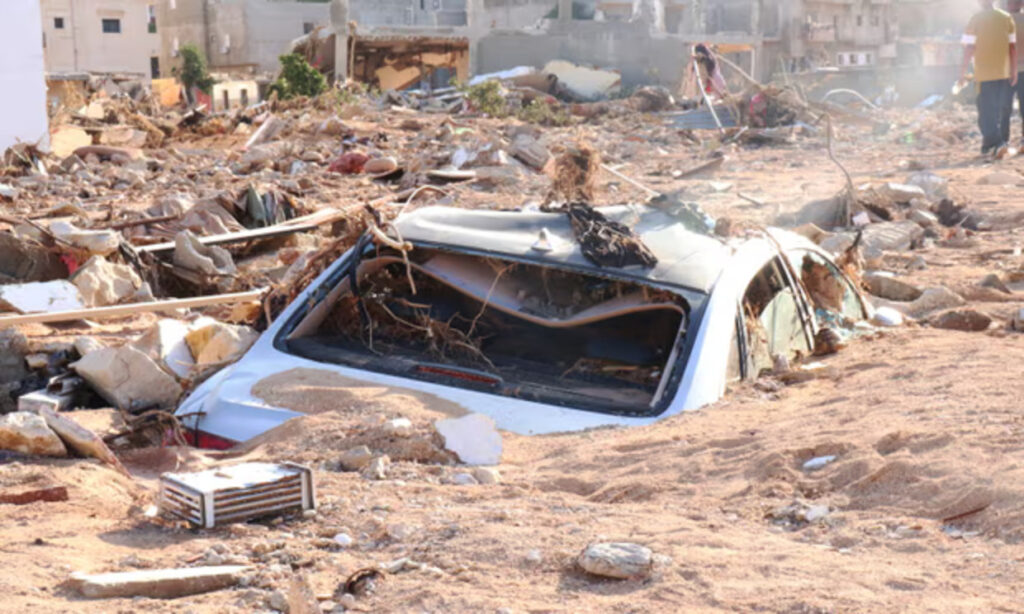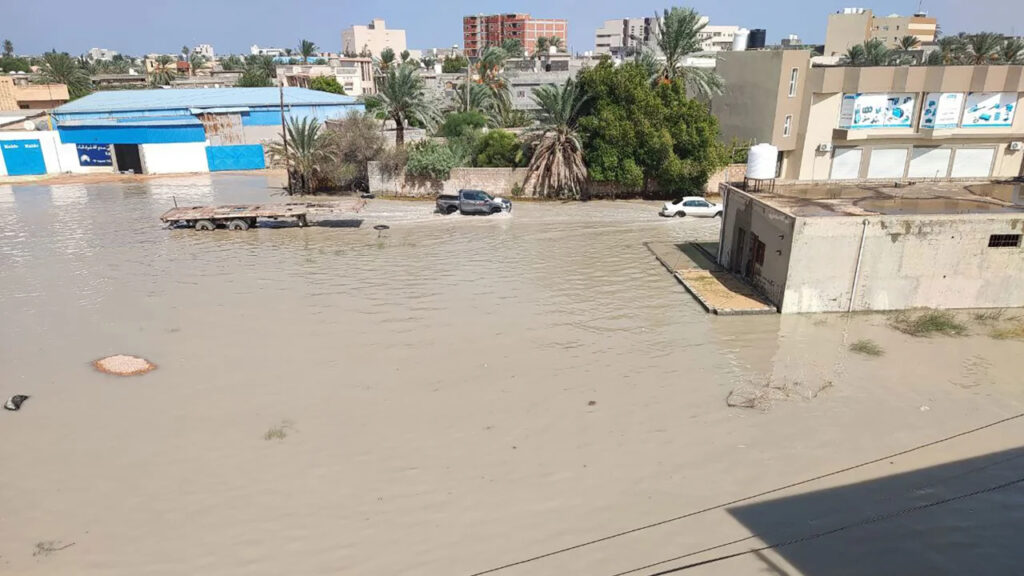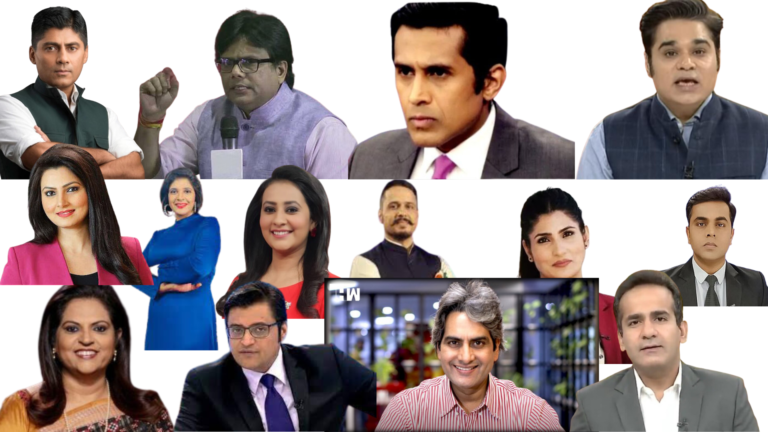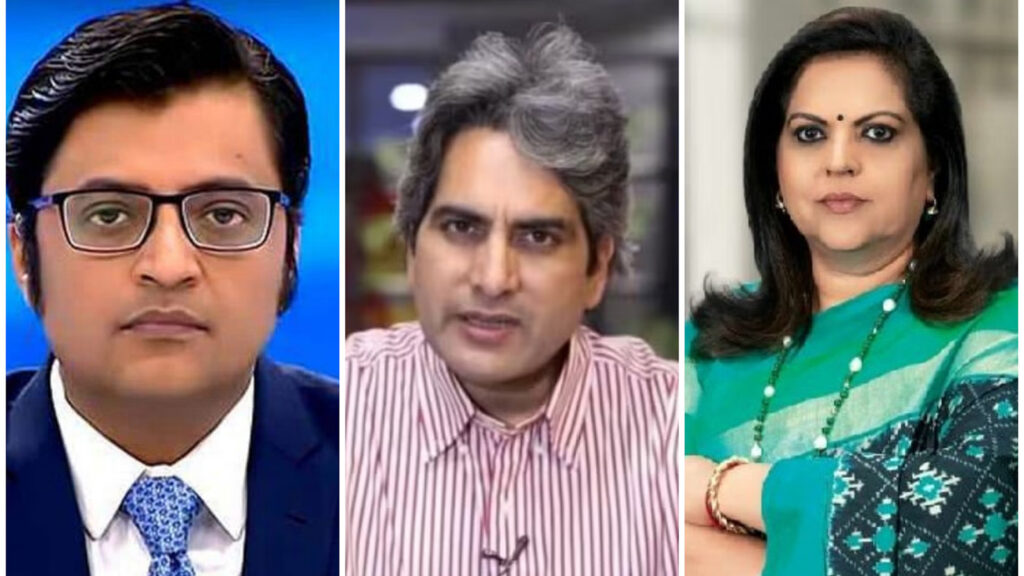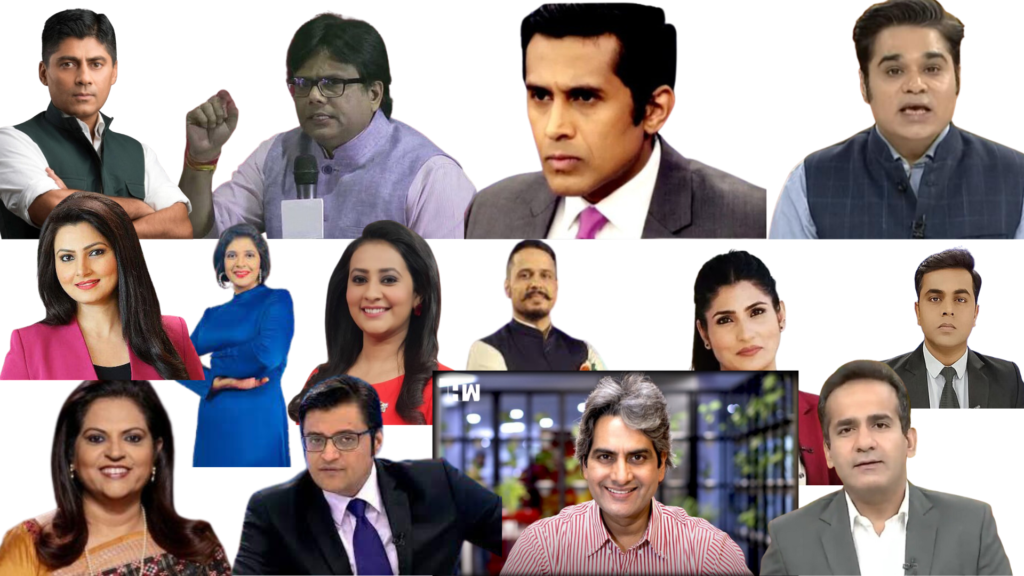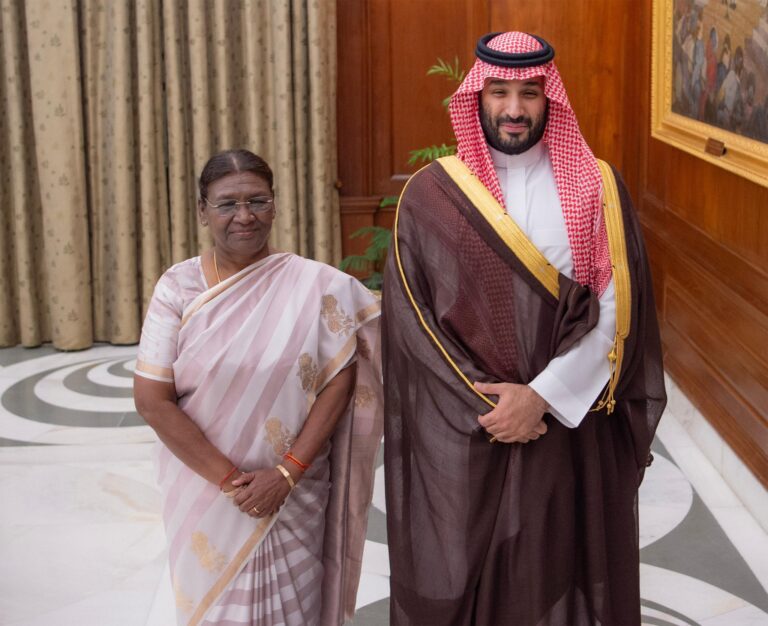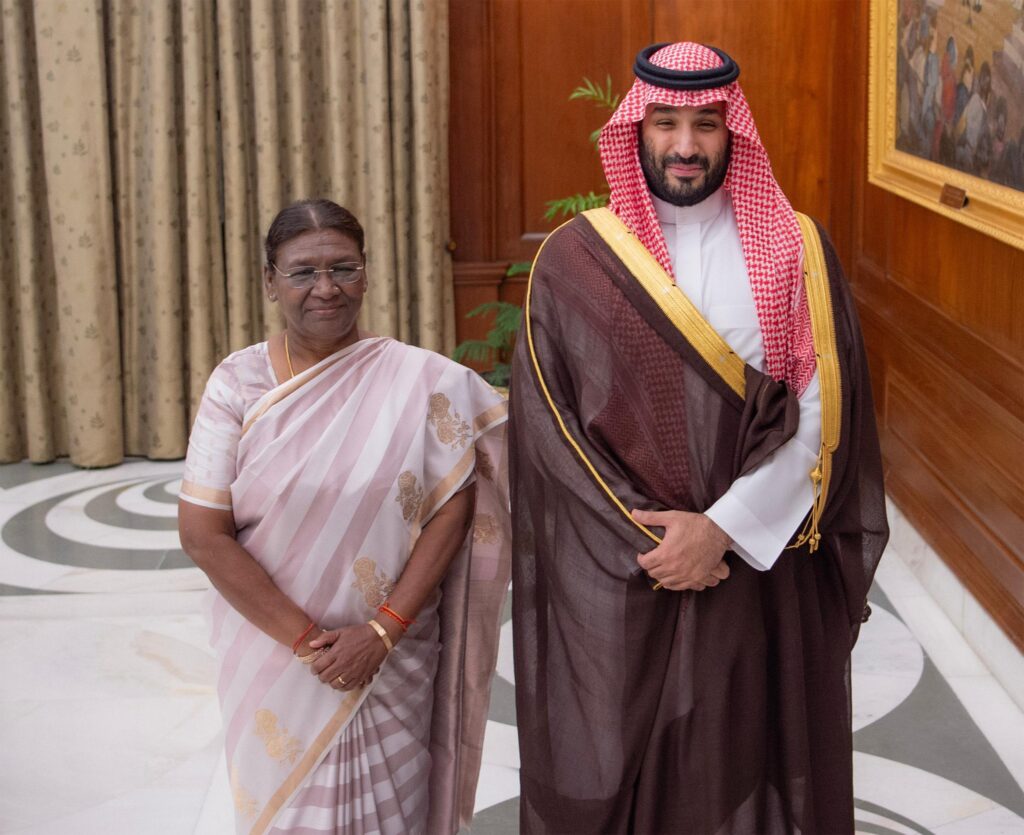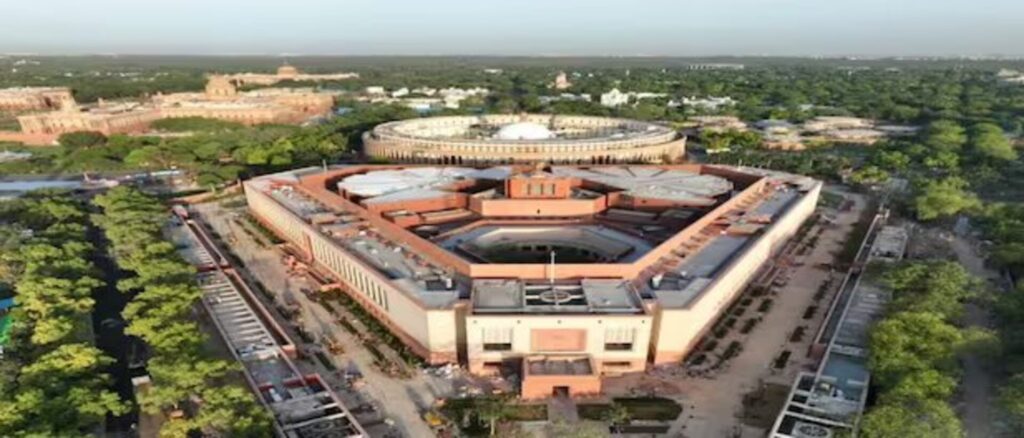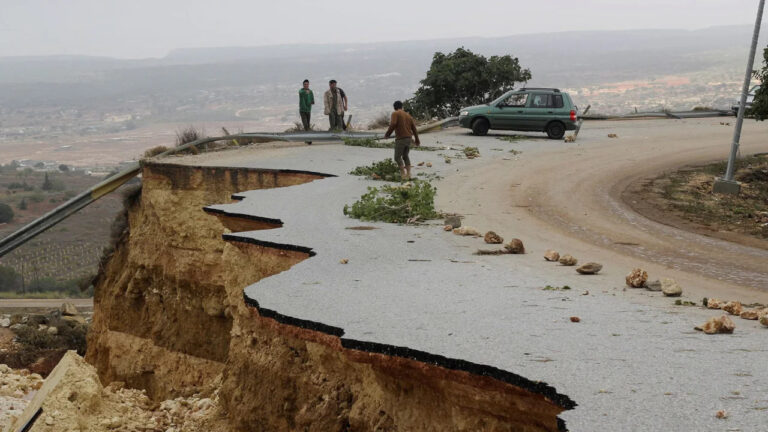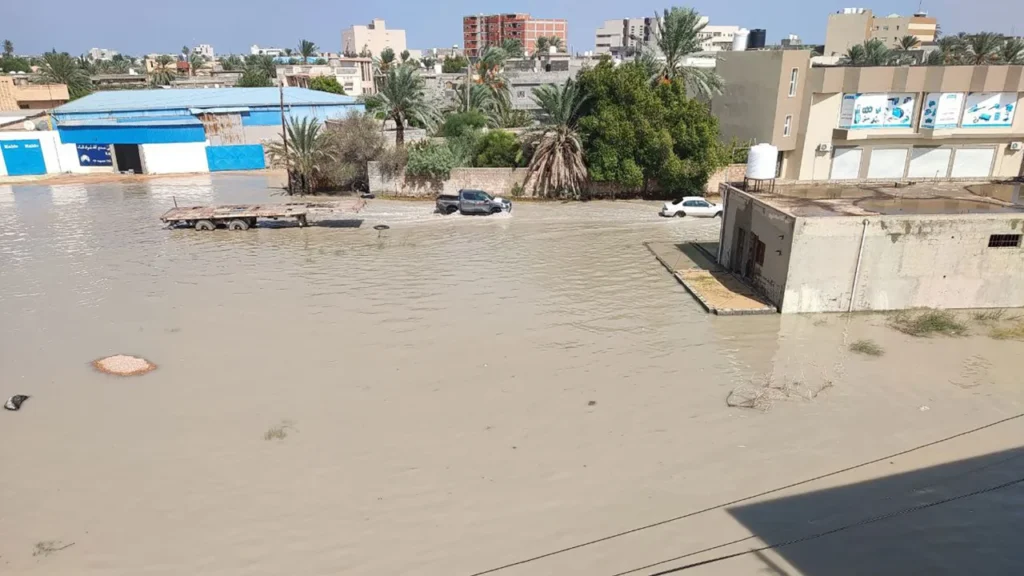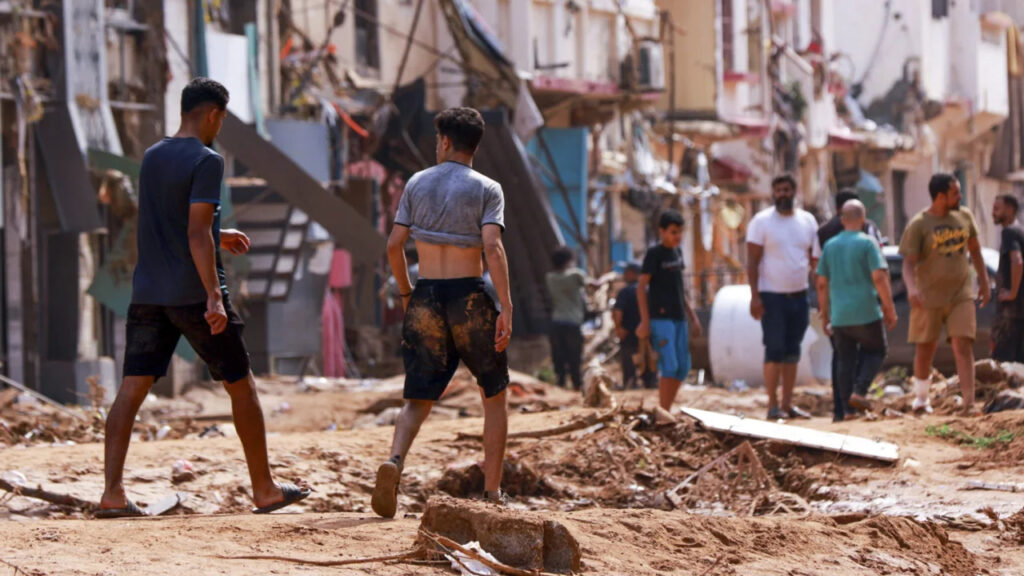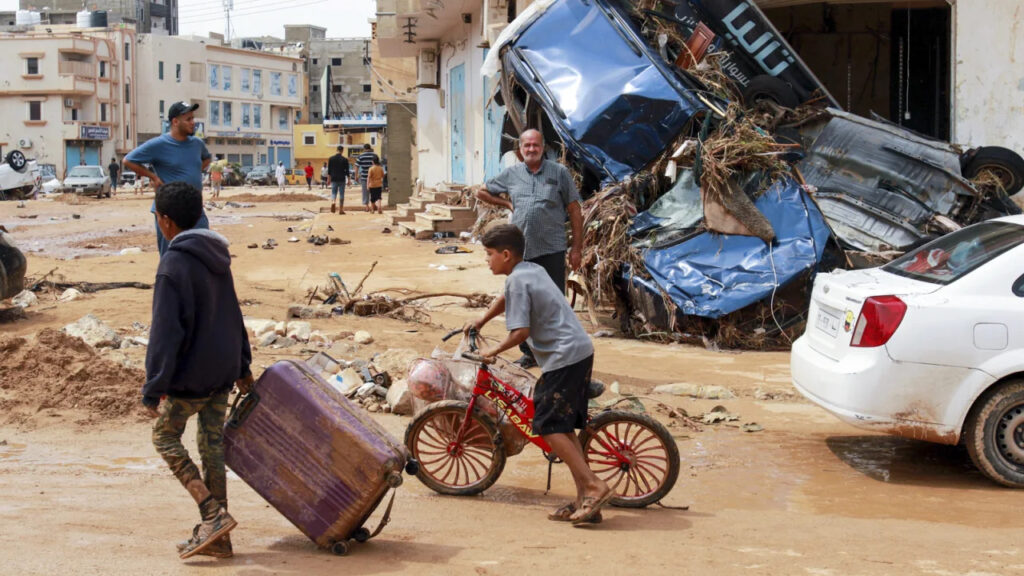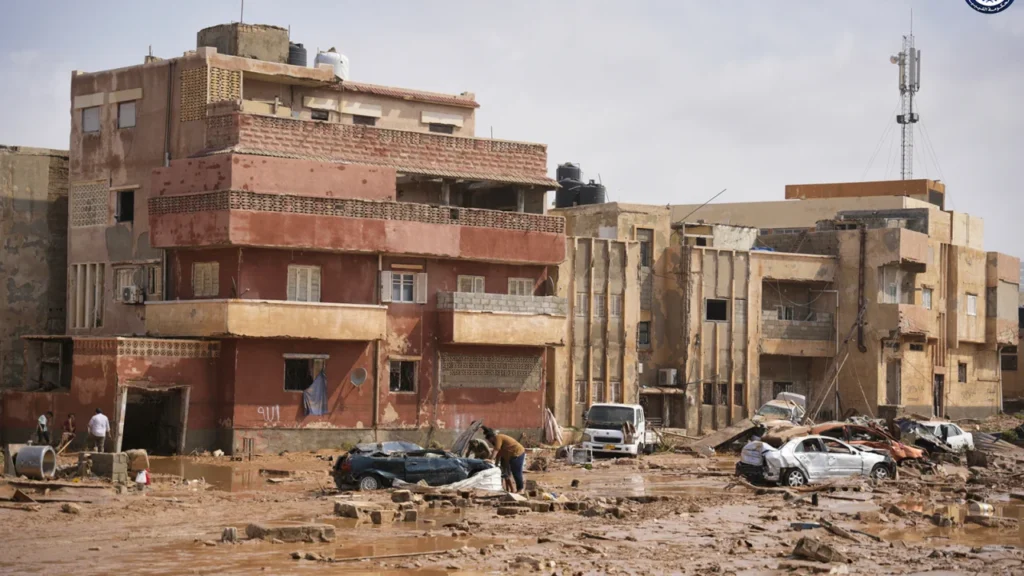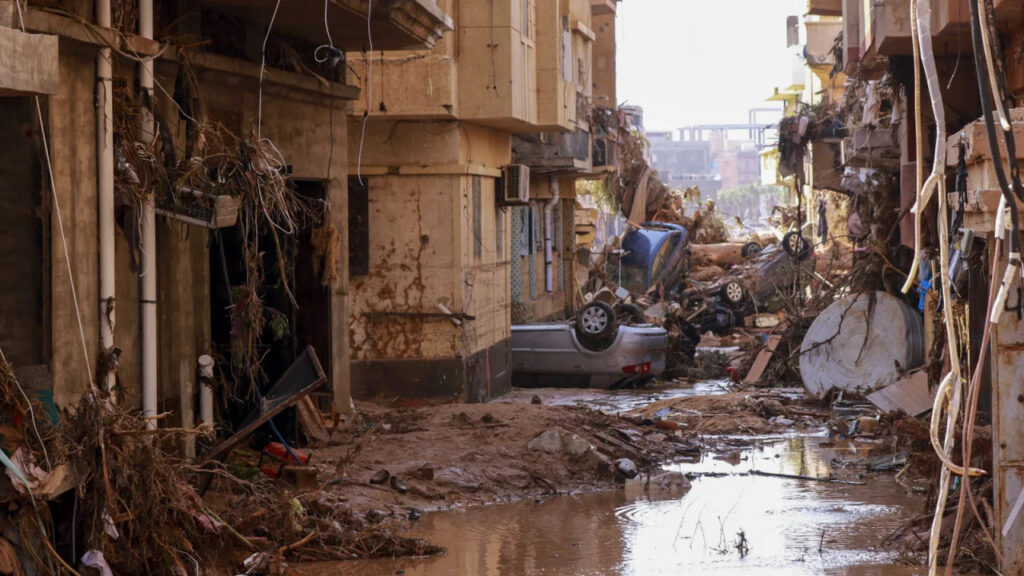The five-day “Amrit Kaal” special session of the Indian Parliament has started with considerable enthusiasm and anticipation, marking a historic time in India’s parliamentary history. The Lok Sabha and Rajya Sabha members of parliament have gathered in the Central Hall to begin discussions about the development of India’s parliamentary system. This special session is very significant because it aims to celebrate the rich legacy of the Indian Parliament and make a commitment to move Bharat towards becoming a developed country by the year 2047. Here’s a closer look at the top 10 crucial themes that demand our attention and consideration as the country focuses on this historic occasion:
- Prime Minister Modi and Piyush Goyal Lead the Discussions:
Prime Minister Narendra Modi spoke to the Lok Sabha to open the special session, and senior BJP leader Piyush Goyal spoke to the Rajya Sabha. The session’s significance was emphasized by Prime Minister Modi, who noted that while it may have been brief in duration, it had a significant impact on India’s legislative history. This set the tone for the proceedings.
- Heated Commencement with a National Anthem Controversy:
When opposition MPs objected to the National Anthem being played twice, a sudden uproar broke out as the Lok Sabha was being sworn in. The problem was quickly addressed by Speaker Om Birla, who blamed technical difficulties. He assured the participants that a complete inquiry would be carried out. Speaker Birla then opened the meeting by congratulating the G20 summit on its smooth operation.
- Central Hall Commemoration:
MPs from the Lok Sabha and Rajya Sabha have convened in the elegant Central Hall today to take part in a special event. This gathering’s goals are to honor the illustrious past of the Indian Parliament and, more crucially, to publicly commit to leading Bharat toward being a developed country by 2047. A picture shoot will be held to commemorate this important occasion, representing harmony and a shared goal.
Transition to the New Parliament Building:
The legislative sessions will move to the newly built parliament building after the memorial celebration in the Central Hall. Ganesh Chaturthi, a Hindu celebration with deep cultural and spiritual roots, falls on the same day as this changeover. A minor puja, or religious ceremony, can be held to ask for blessings for the new parliamentary building.
- Legislative Agenda:
Several significant proposals that demonstrate the government’s dedication to important changes are on the legislative agenda for this extraordinary session. The Post Office Bill, the Advocates (Amendment) Bill, and the Press and Registration of Periodicals Bill are a few of these bills. The future of India is anticipated to be significantly shaped by these planned laws.
- Flag Hoisting at the New Parliament Building:
Vice President and Rajya Sabha Chairman Jagdeep Dhankhar raised the flag of India at the new parliament building in a show of patriotic pride. The participation of Lok Sabha Speaker Om Birla in this historic occasion highlights the importance of the new parliamentary complex.
- Notable Absences:
Both Congress leader Mallikarjun Kharge and Prime Minister Narendra Modi were noted to be missing from the flag-raising event. Because of his hectic itinerary as he celebrated his 73rd birthday, the prime minister’s absence was explained. In Hyderabad, the party’s highest decision-making body, the Working Committee, was meeting while Mr. Kharge and other Congress officials were attending.
- Advocacy for the Women’s Reservation Bill:
Several regional parties, notably K Chandrasekhar Rao’s Bharat Rashtra Samithi and Naveen Patnaik’s Biju Janata Dal, argued for the introduction of the women’s reservation bill during an all-party meeting. This draws attention to the ongoing debates and initiatives to advance gender equality and women’s involvement in politics.
- Government’s Transparent Agenda:
Days of gossip and curiosity came to an end when the government decided to publish the special session’s agenda earlier in the week. Many people had hoped for discussions about renaming the nation or the introduction of a “One Nation One Election” bill. The Opposition, however, objected to the government’s decision to reveal the agenda, saying that it broke with long-standing legislative customs.
- Opposition’s Call for Priority on Critical Issues:
The special session of parliament was dubbed a “diversionary tactic” by opposition leaders. They emphasized the necessity to give top priority to matters that affect the country. Sonia Gandhi urged their debate during the special session in a letter to Prime Minister Modi that cited nine significant problems, including the recent bloodshed in Manipur and the ongoing protests by wrestlers.
It is anticipated that the “Amrit Kaal” session, which will take place over the next five days, will be a turning point in Indian parliamentary history. This session’s debates, deliberations, and legislative acts will have a significant impact on India’s future and its lofty objective of becoming a developed country by 2047. This significant event serves as a reminder of the parliamentary democracy in India’s strength and resiliency, which continues to develop and adapt to the changing requirements of the country and its people.
Also Read Falg Hoisted in new Parliament
